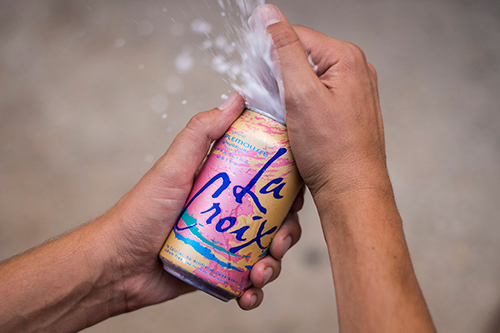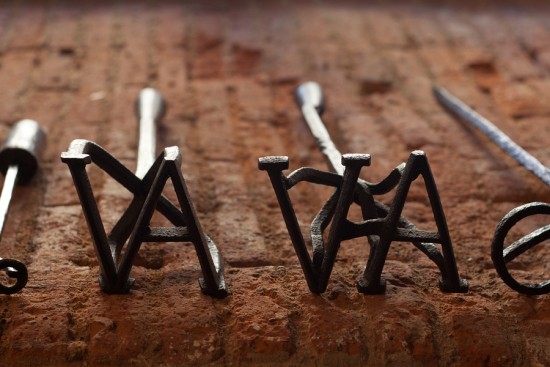The generic-looking brand has found a loyal following—particularly on Instagram.
Source : www.bloomberg.com
When big brands such as Coca-Cola and Nestlé started introducing their own lines of lightly flavored sparkling water two years ago, the plan was to capitalize on increasing demand for carbonated drinks without calories or chemicals. The sparkling water segment was expanding, so it should’ve been an easy win. But there was one problem: Everyone was already drinking LaCroix.
The generic-looking brand of sparkling water has found a loyal following among young, health-conscious consumers. Comedian Joe Mande of the sitcom Parks and Recreation started a Twitter campaign trumpeting the wonders of LaCroix in hopes of getting the company to make him an official sponsor (they didn’t—and things got weird). In March, the New York Times Magazine published a love letter to the drink. In July, Gizmodo featured it in a series of cocktail recipes, complete with LaCroix illustrations by an artist in Portland, Ore. LaCroix sales since last year have increased 45 percent, to an estimated $120 million—not including sales at independent stores, says Jeffrey Klineman, editor-in-chief of BevNet, a publication that covers the beverage industry. LaCroix’s true sales are closer to $175 million, Klineman says. On Instagram, fans of the drink are posting pictures of their refrigerators packed with cans of LaCroix and such captions as, “At what point do you admit you have a problem?”
Big soda’s efforts to tap the sparkling water market aren’t doing much to curb LaCroix’s success. Coca-Cola and PepsiCo saw their market share within the water segment of the beverage industry shrink four and 5.5 percent, respectively, from 2010 to 2014—even as they added new products. But National Beverage Corp., which owns LaCroix, saw its market share jump 67 percent.
Among a flood of sparkling waters, LaCroix is arguably the ugliest—in a good way. While Pepsi recently redesigned its soda cans to appeal to a younger crowd, and other sparkling waters are sold in slim, sleek packaging, LaCroix fans seem to have gravitated toward the outdated neon cans because they don’t have corporate associations, Klineman says. “I bet most people who drink LaCroix don’t even know what National Beverage is,” he says. “It does have this kind of indie crowd. It’s got that Pabst Blue Ribbon feel to it.”
The famously tight-lipped National Beverage Corp., which is based in Fort Lauderdale, Fla., is known for distancing itself from the image of its brands. A publicly traded company, it’s the fourth-largest soda maker in North America,but doesn’t allow any of its employees to speak for the company—except for Chief Executive Officer Nick Caporella, who says he never gives phone interviews. In keeping with that mandate, Caporella declined to speak on the record for this story.
Just as National Beverage’s Rip It energy drink once went from being its biggest seller to passé, so too could LaCroix fall out of favor. For now, National Beverage is safeguarding sales by relying on what it calls a proprietary mix of “natural essence,” which it uses to create a number of flavors that competitors don’t offer. It’s also making a more direct appeal to Coke and Pepsi drinkers. The brand’s latest product? Cola-flavored sparkling water.


